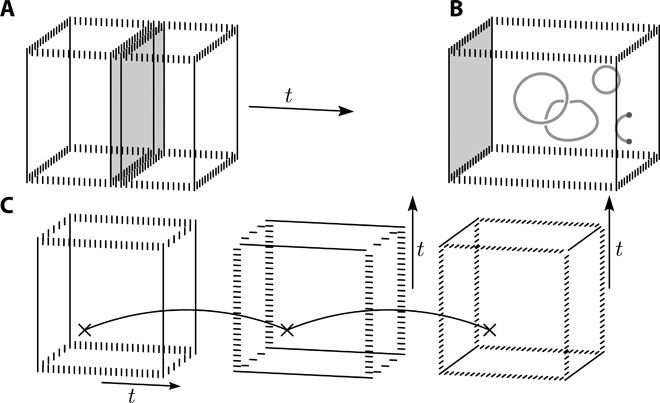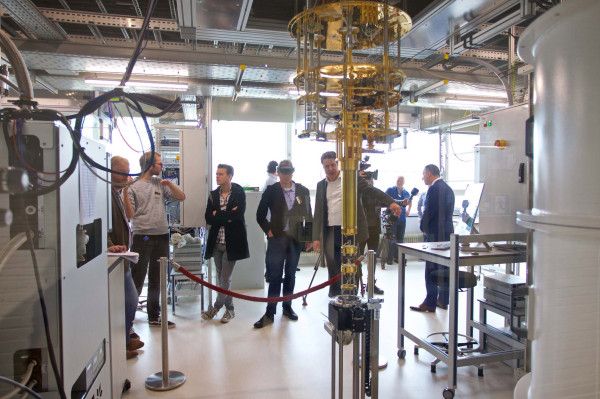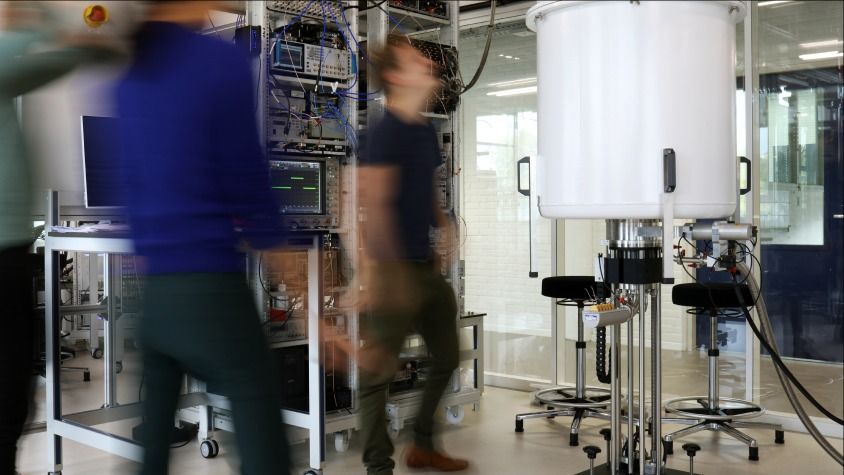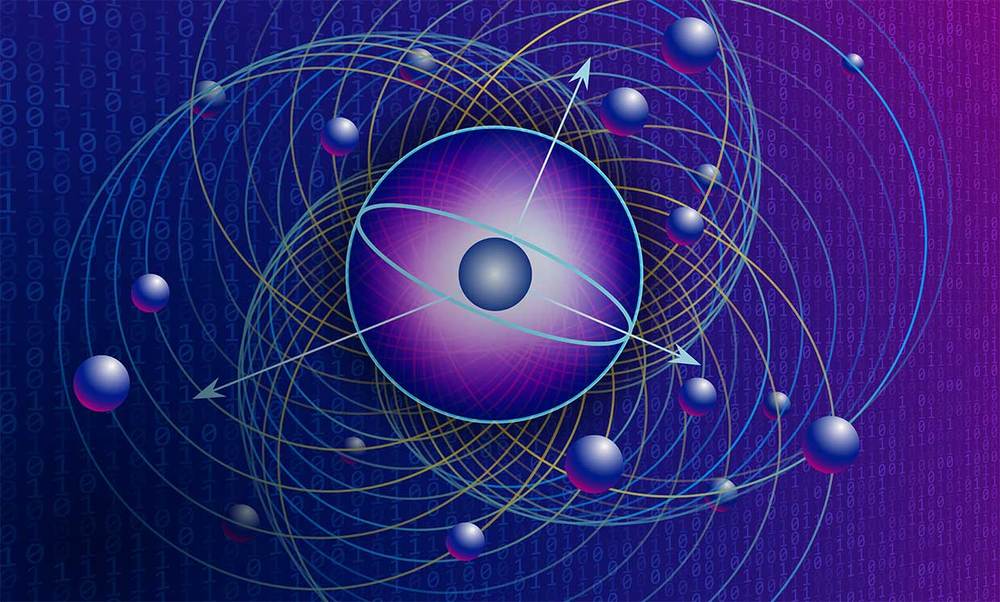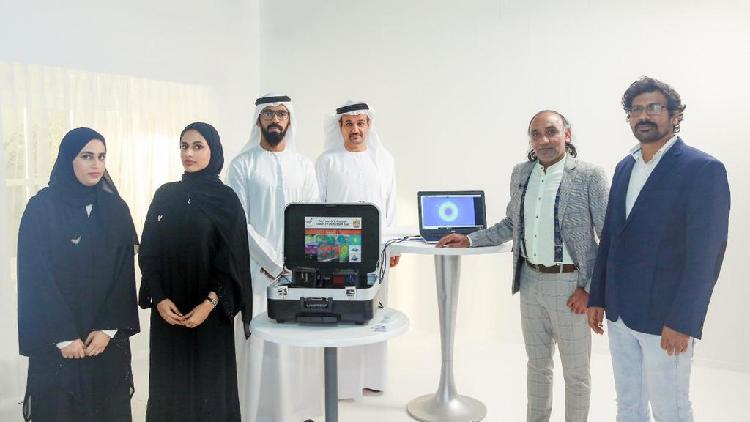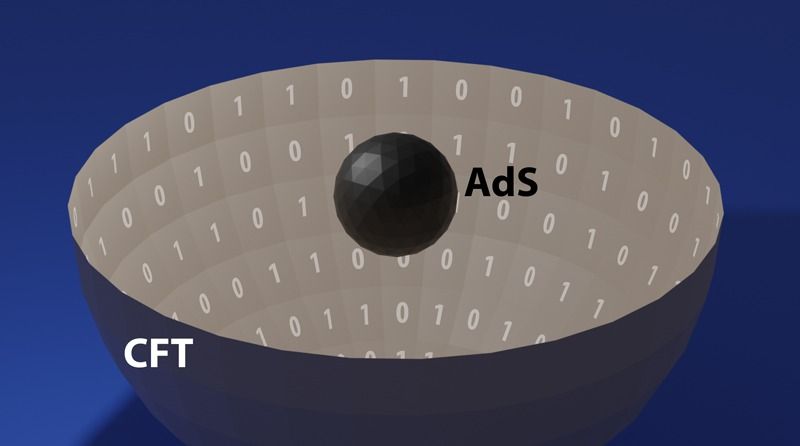Molecular dynamics is at the point of simulating bulk matter – but don’t expect it to predict the future.
The TV series Devs took as its premise the idea that a quantum computer of sufficient power could simulate the world so completely that it could project events accurately back into the distant past (the Crucifixion or prehistory) and predict the future. At face value somewhat absurd, the scenario supplied a framework on which to hang questions about determinism and free will (and less happily, the Many Worlds interpretation of quantum mechanics).
Quite what quantum computers will do for molecular simulations remains to be seen, but the excitement about them shouldn’t eclipse the staggering advances still being made in classical simulation. Full ab initio quantum-chemical calculations are very computationally expensive even with the inevitable approximations they entail, so it has been challenging to bring this degree of precision to traditional molecular dynamics, where molecular interactions are still typically described by classical potentials. Even simulating pure water, where accurate modelling of hydrogen bonding and the ionic disassociation of molecules involves quantum effects, has been tough.

